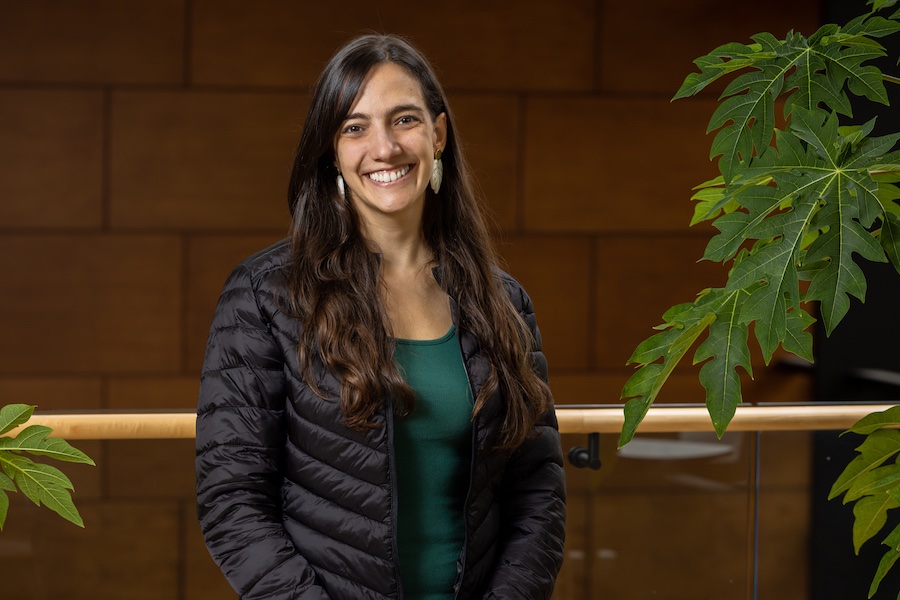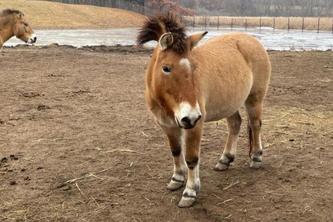
When Ariadna Mondragón Botero arrived in southern Madagascar to work with lemurs, she immediately became fascinated by the unique nature of the dry forest in the area.
A graduate student in the College of Biological Sciences, she had studied rainforests in her home country, Colombia, but not its dry forests. These ecosystems, unlike rainforests, have a single wet season, and the trees often shed their leaves to survive the dry season droughts. In Madagascar’s dry forests, Mondragón Botero found a wealth of the diversity that she loves—with the possible exception of their “spiny thickets.”
“I was also struck with how threatened and understudied the dry forests were, not only in Madagascar, but all over the world,” she notes.
As a student of biodiversity, Mondragón Botero observes both the differences among the components of her study systems and their patterns and commonalities. And she views human cultures similarly.
“I recognize that we are all so different, but at the same time we are all human, and that there are common threads that unite us all,” she explains.
Closer to home, Mondragón Botero wants to show the world that Colombia’s culture isn’t defined by violence, corruption and drug trafficking, but by its natural, gastronomic, and musical wealth. Take her hometown of Cali, which is known as the world salsa capital (the dance, not the food).
“I love sharing that part of our culture with people,” she says, “because I think that enjoying music and dancing is a universal feeling, and it is an easy way to connect with others.”
- Categories:
- Science and Technology
- Culture and diversity
- Science





